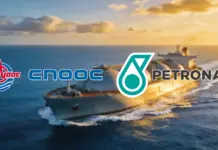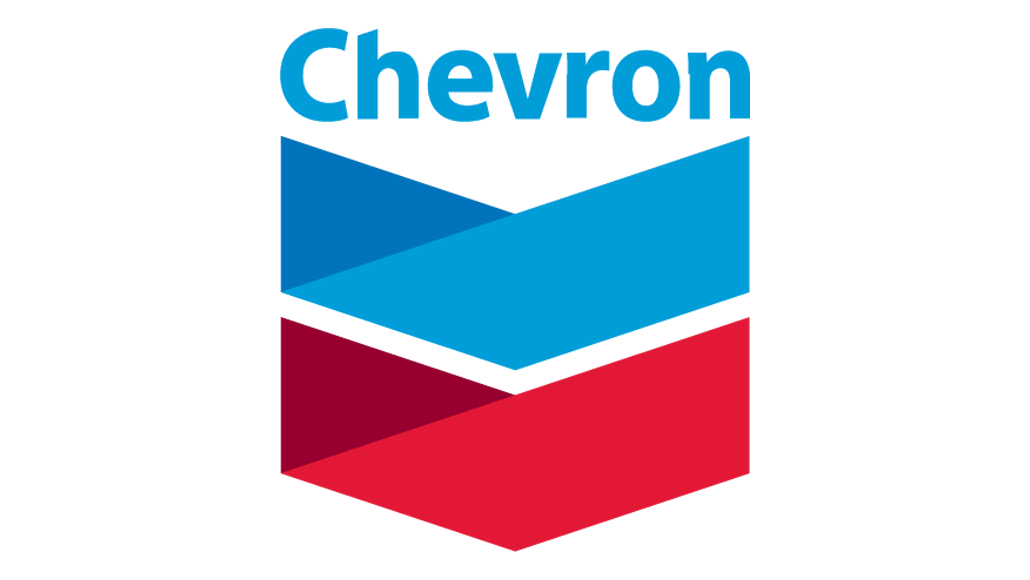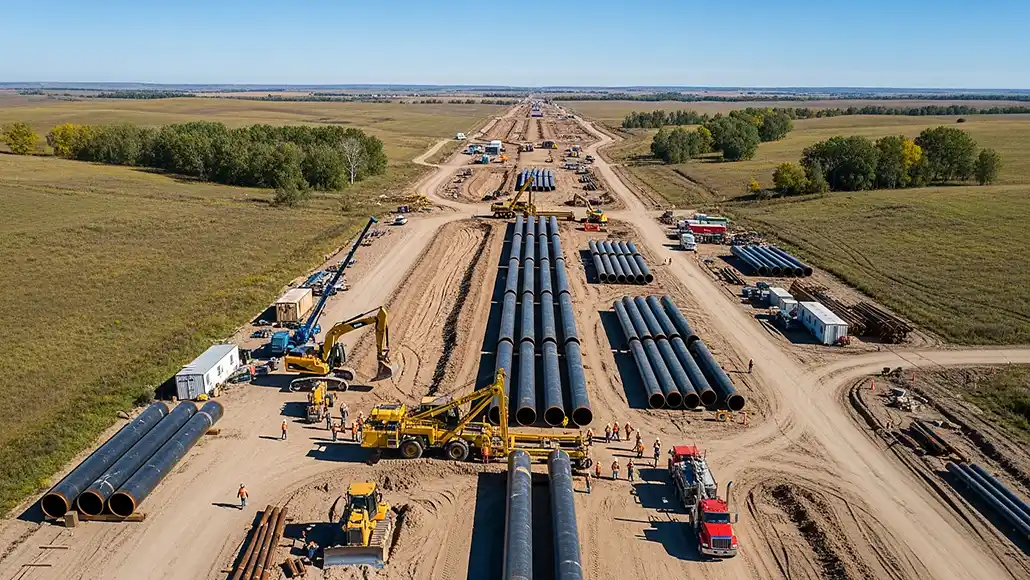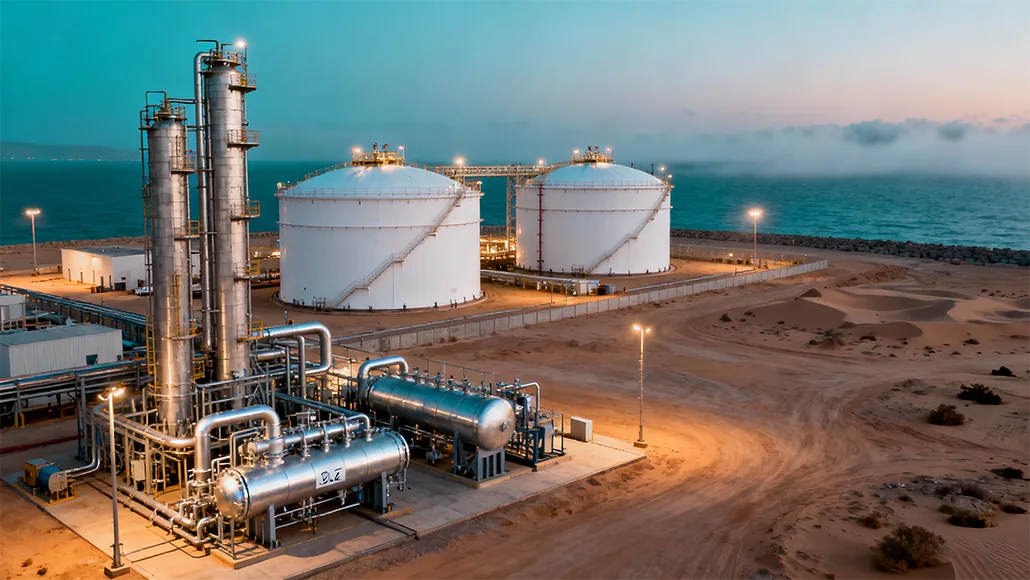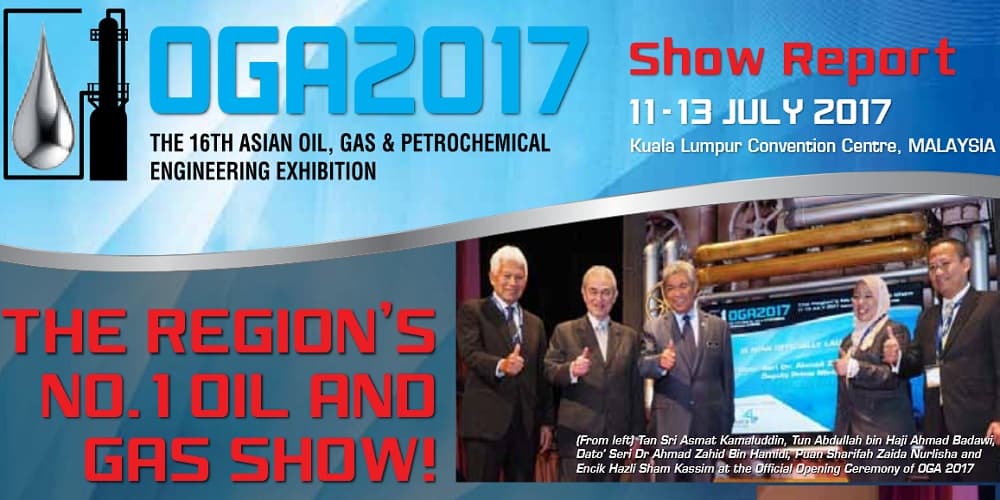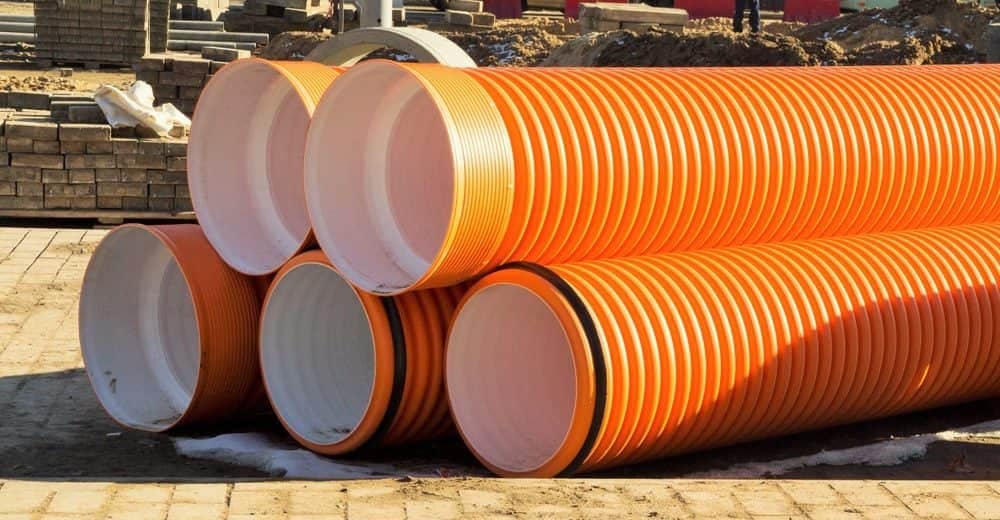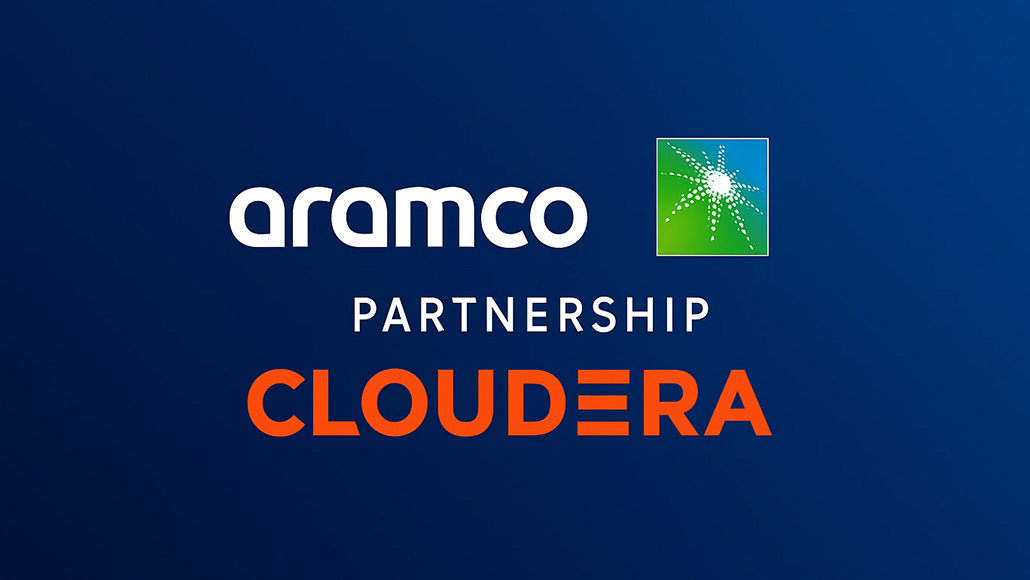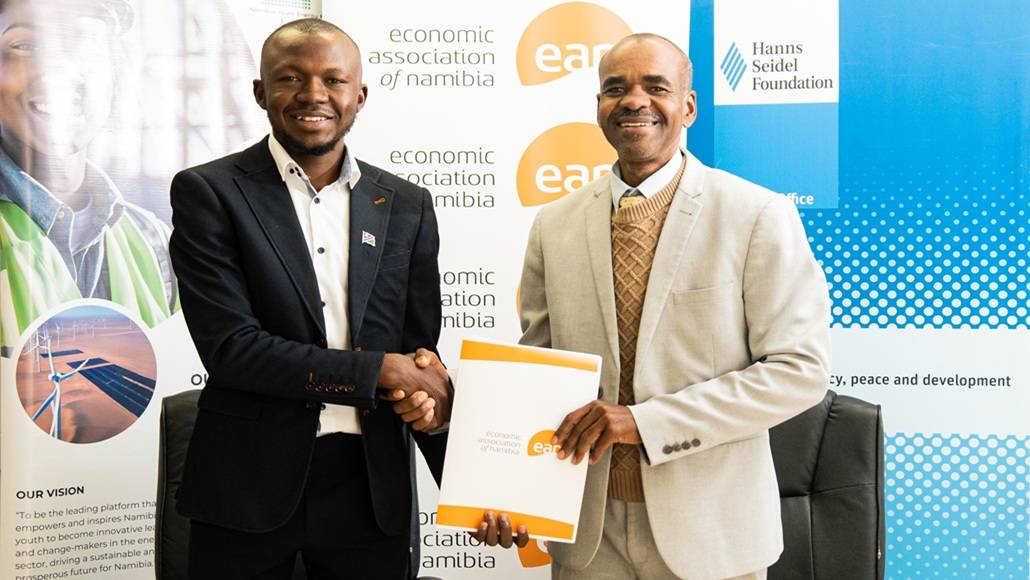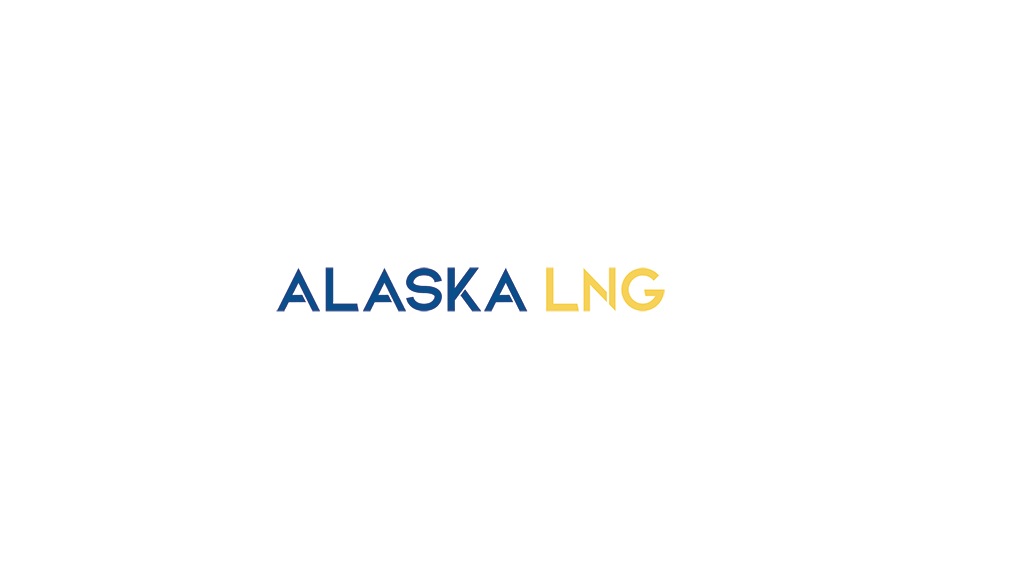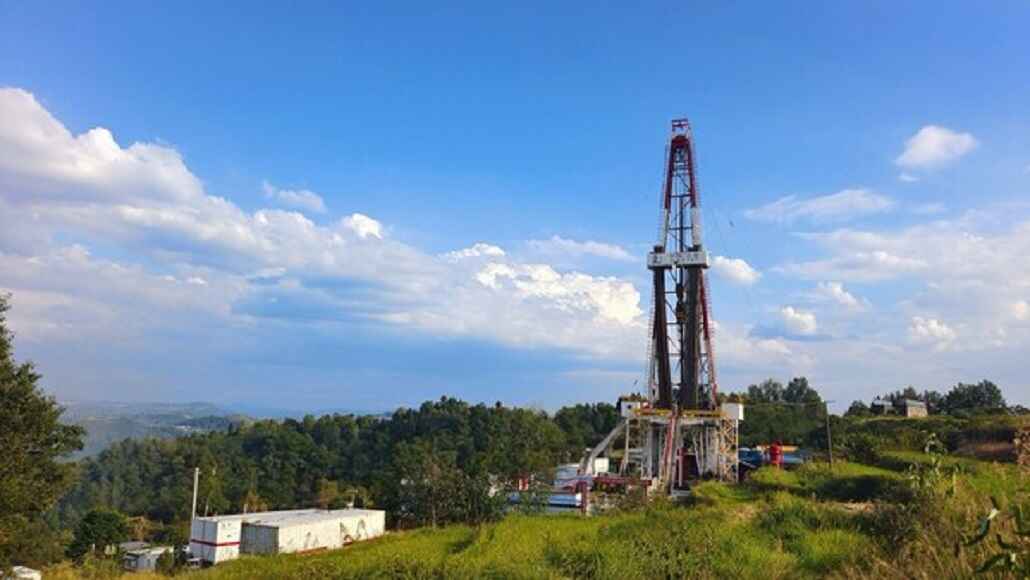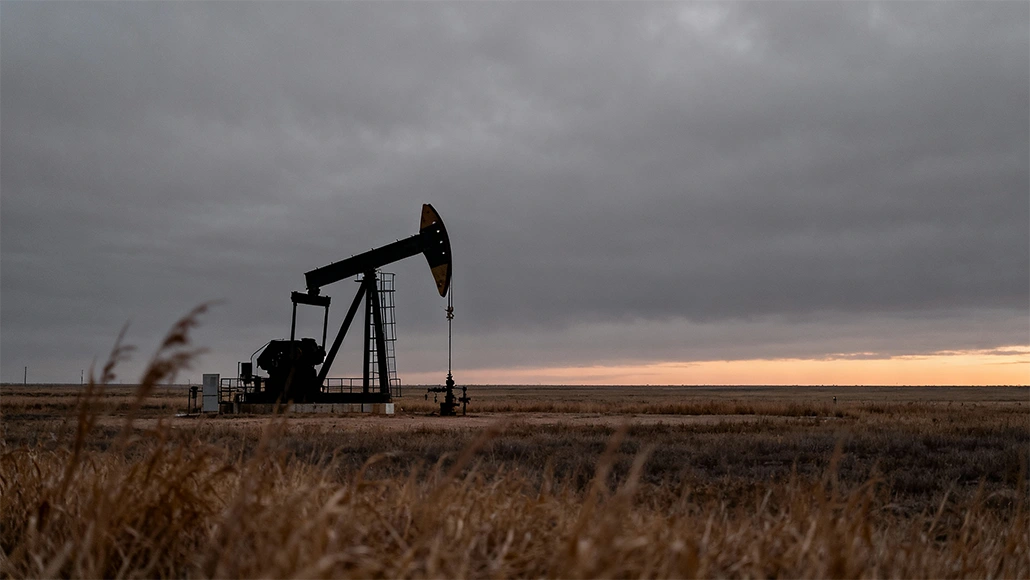TGS has unveiled the initial two ocean bottom seismic surveys to be undertaken in the US Gulf of Mexico (GoM) under its recently signed collaboration agreement with FairfieldNodal.
The projects include the Calypso full azimuthal nodal (FAN) survey and the Nessie FAN survey.
Located in the Eugene Island protraction area, the Calypso FAN survey will cover 136 shelf blocks.
A long offset full azimuth nodal data will find new reserve potential in the geologically complex area to complement the historical production from Upper and Lower Miocene reservoirs.
FairfieldNodal is acquiring Calypso FAN by utilising the Z700 ocean bottom node system, with operations due to recommence in November and continue through 2015.
The Nessie FAN survey represents 54 blocks of coverage in the South Timbalier protraction area and will cover several existing fields and exploratory acreage.
TGS said the full azimuth data will provide significant uplift in illumination of existing Miocene reservoirs and inboard Cretaceous and Lower Tertiary opportunities.
The Nessie FAN survey, which began in August, is expected to be completed in the fourth-quarter of this year.
TGS Western Hemisphere senior VP Rod Starr said: “Together, both Calypso FAN and Nessie FAN are expected to provide a new standard of images for exploration and development as the industry experiences a re-emergence of shelf activity in the US Gulf of Mexico.”
Both projects form part of a multi-year collaboration agreement signed by FairfieldNodal and TGS in August to develop, plan and implement multi-client FAN seismic surveys across a substantial area within the US GoM shelf region.
The deal will combine FairfieldNodal’s ocean bottom node Z700 technology and operating experience with TGS’ imaging solutions and presence in the GoM.



